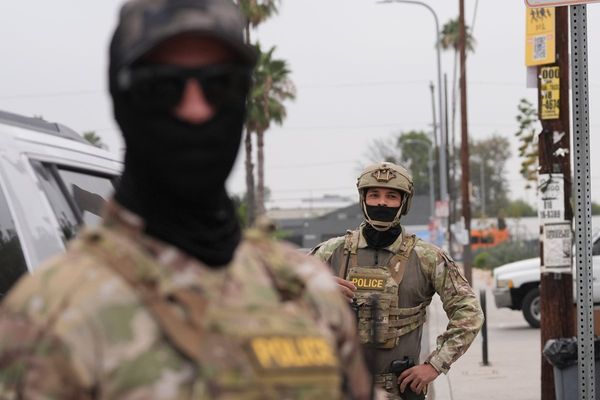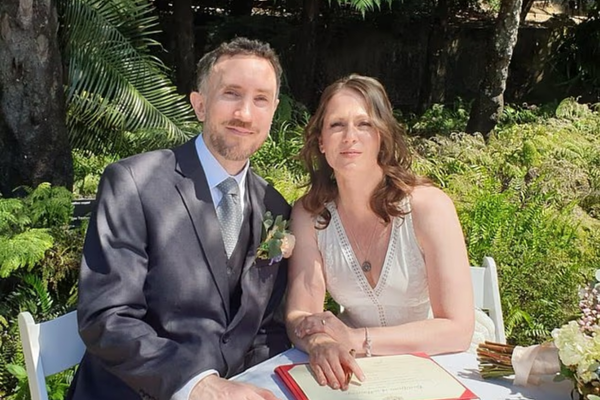For more than 40 years they housed hundreds of families and dominated the skyline of north east Glasgow.
But for the generation coming up, the once iconic Red Road flats now exist only in photographs. In 2015, the last of the steel-framed tower blocks, which were designed in 1962 by architect Sam Bunton for the Glasgow Corporation, were brought down by controlled demolition.
Built in the late 1960s, there had originally been eight blocks capable of accommodating nearly 5,000 people. With each of the high rise blocks being between 25 and 30 storeys tall, the Red Road development became famous as the largest of its kind in Western Europe.
READ MORE: Time warp photos take us back to the Gorbals tower blocks of the 1980s
The flats had been commissioned to help solve the city's social housing ills. However, within just a few years, the Glasgow's housing dream would very quickly turn sour, and post-war estates, such as the Red Road, became notorious for high crime rates, unemployment and drug abuse.
In 1977 a fatal fire on the 23rd floor of one of the Red Road tower blocks saw families refuse to return, with the building labelled a death trap.
CCTV was brought in to tackle antisocial behaviour around the estate in the 1980s, but the Red Road's reputation never recovered.
Sign up to our Glasgow Live nostalgia newsletters for more local history and heritage content straight to your inbox
The flats were eventually demolished between June 2012 and October 2015.
In these photos, taken by Professor Miles Glendinning in the 1980s, we gain a sense of how the Red Road development dominated its surroundings, with the epic multi-storeys towering over the mostly low-rise dwellings of nearby Balornock and Barmulloch.
A University of Edinburgh project called Tower Block UK, supported by the Heritage Lottery Fund, has been collecting and preserving images of post-war high rise housing as important pieces of our heritage and social history. The pictures featured here are from their extensive collection.
To find out more, click here.







